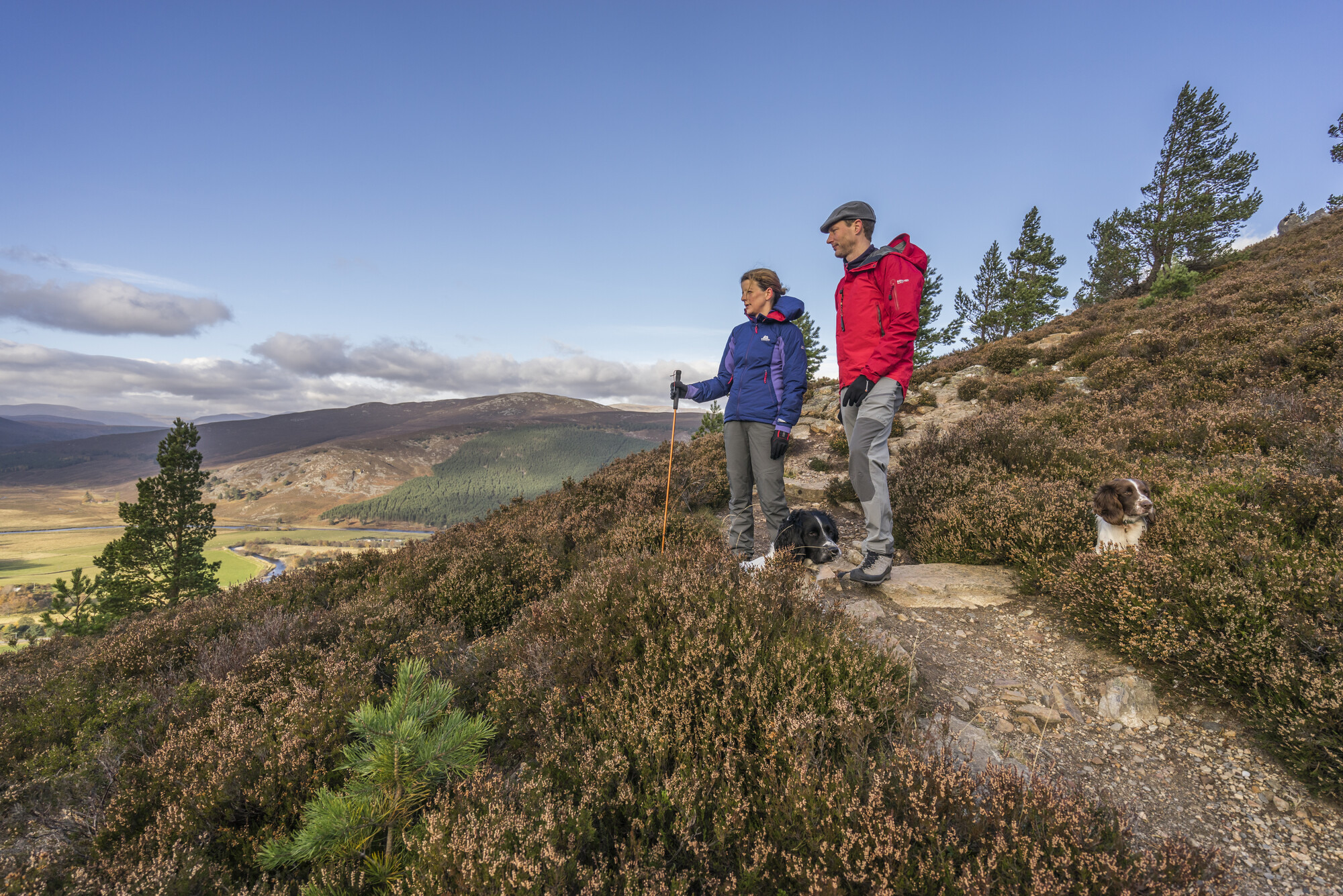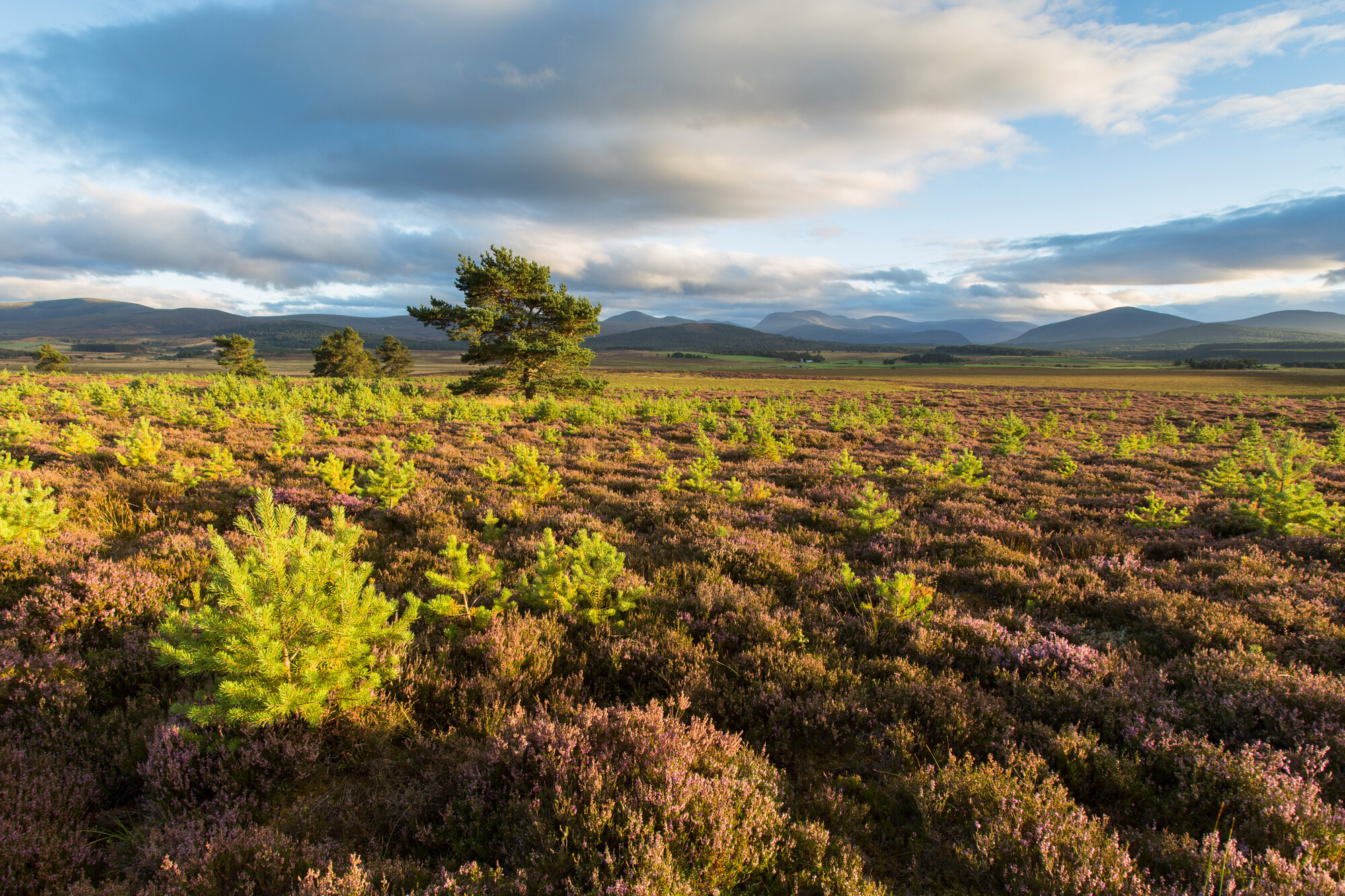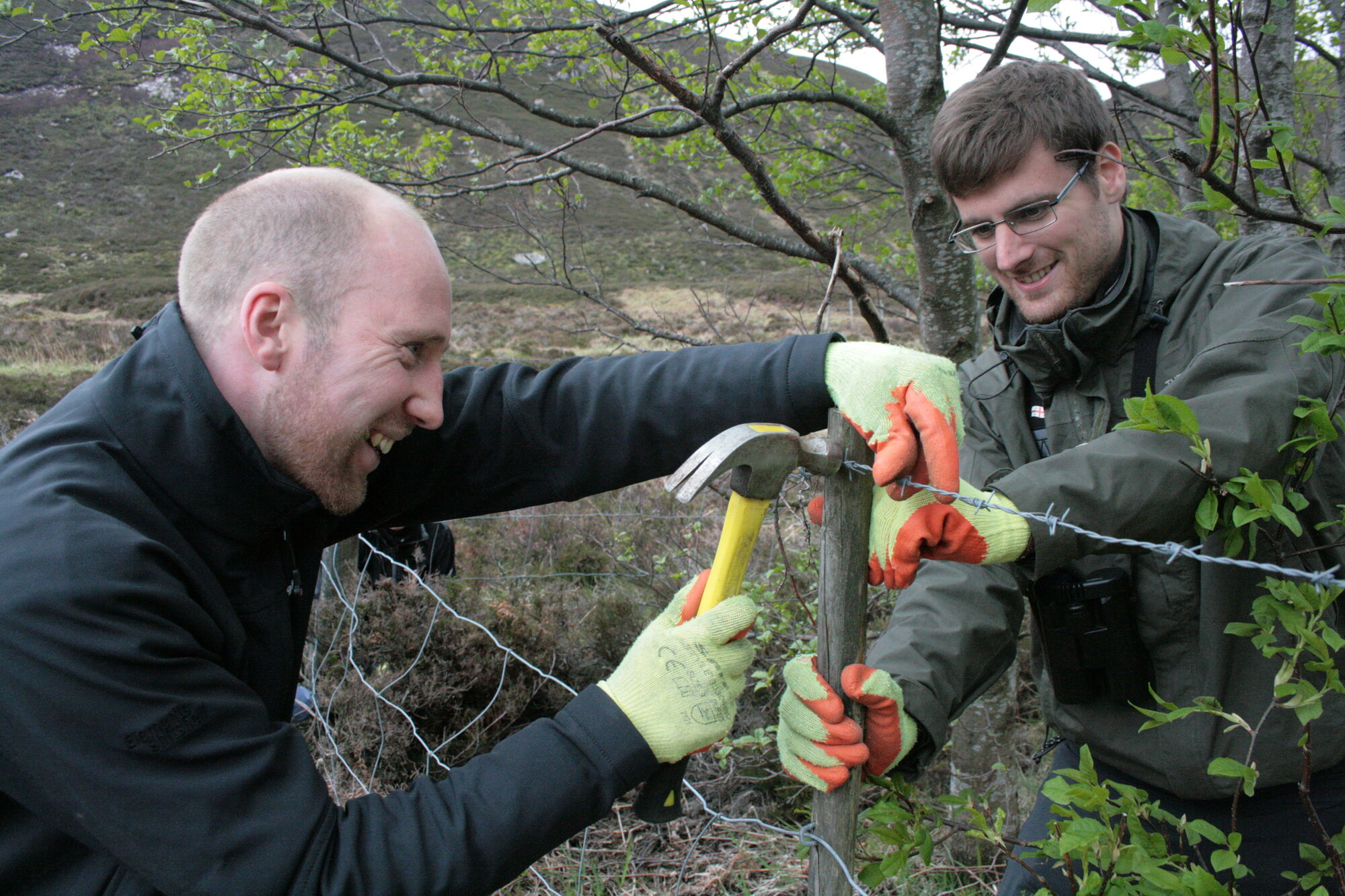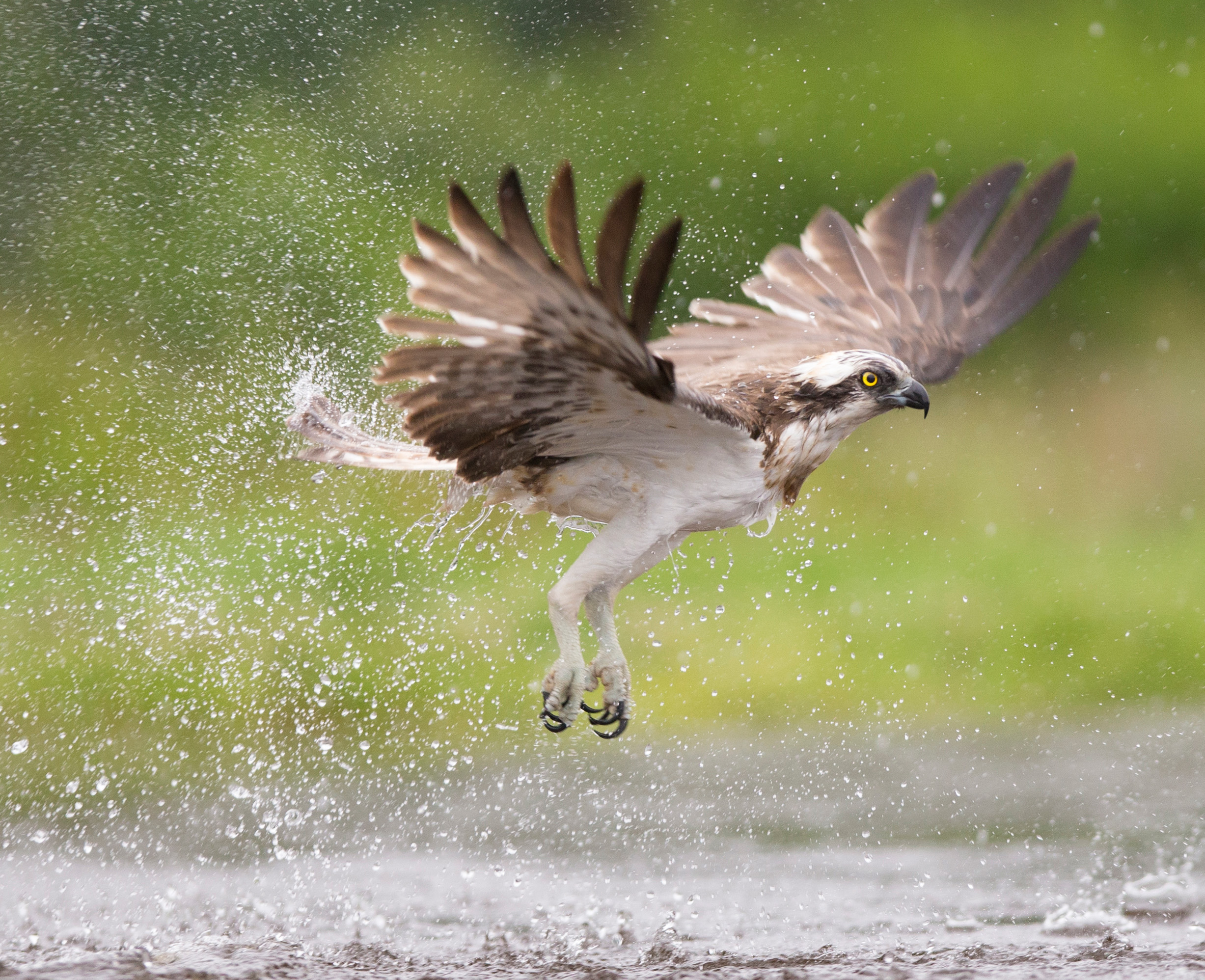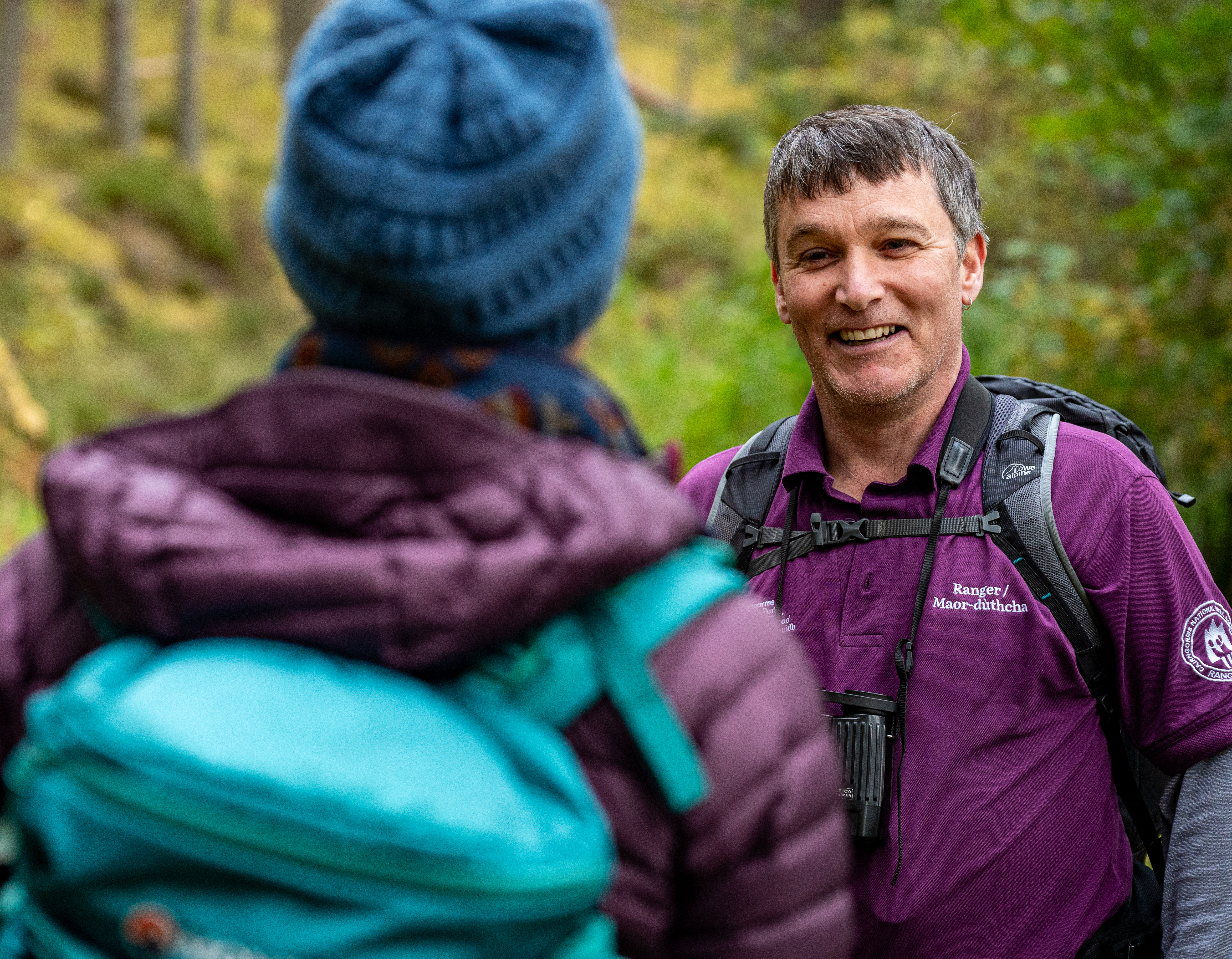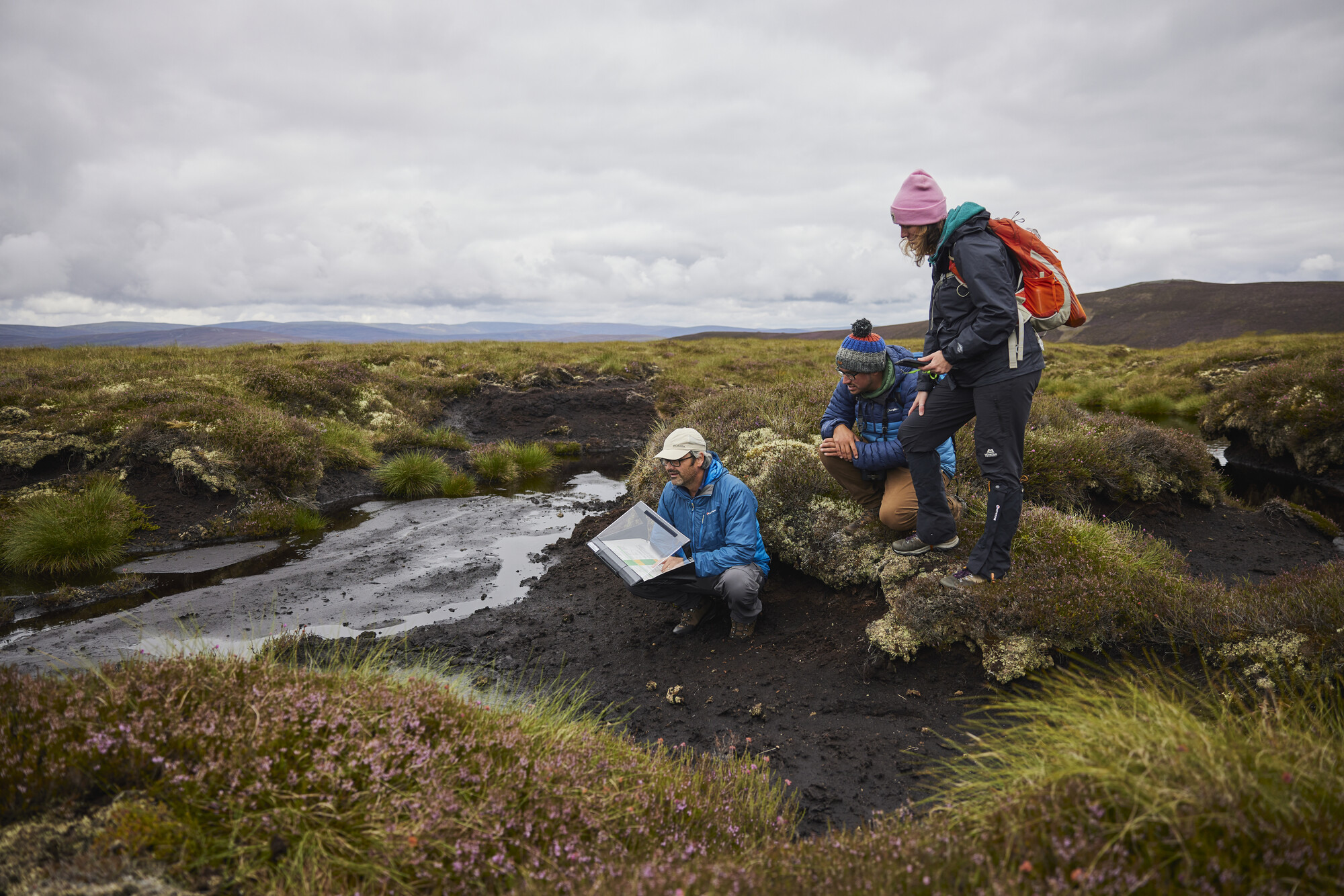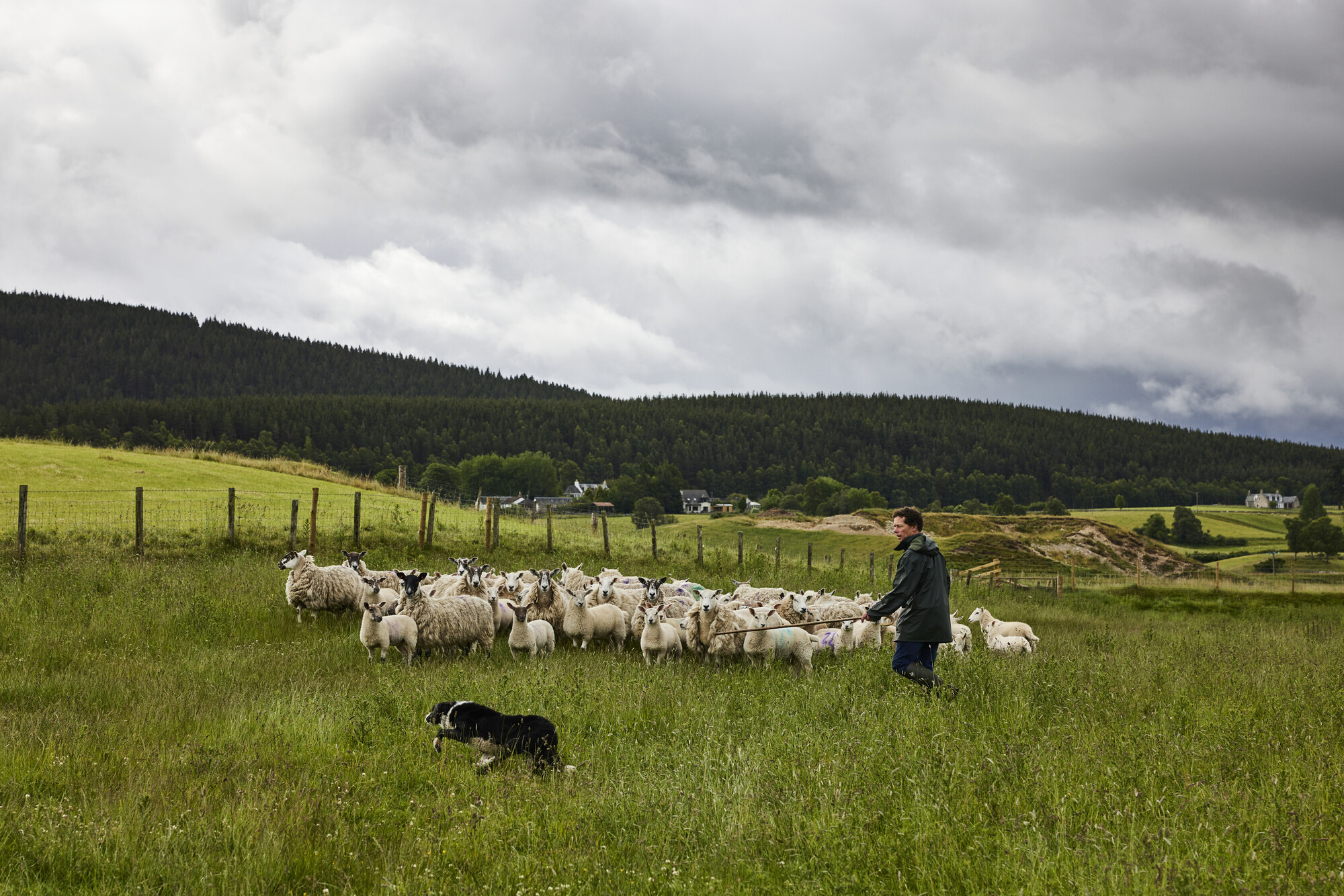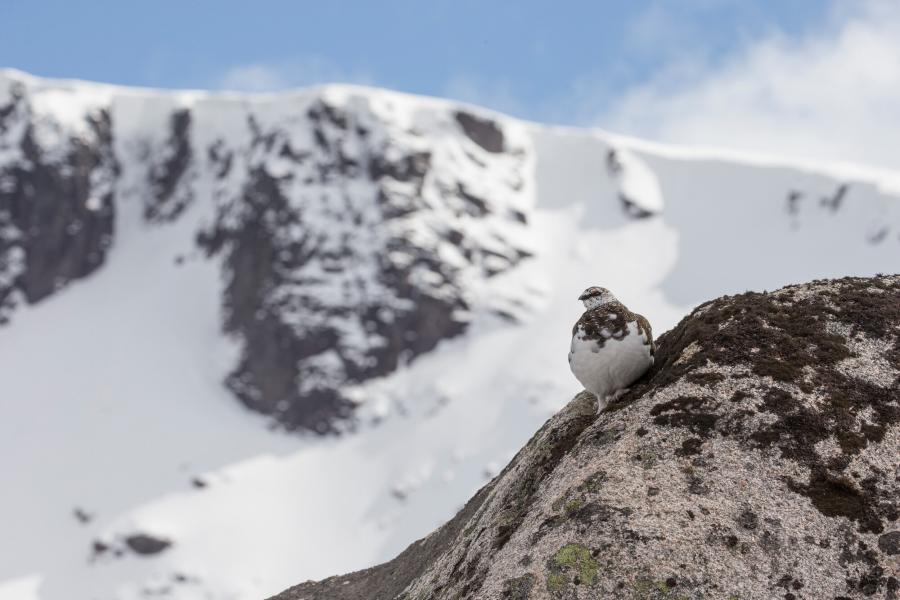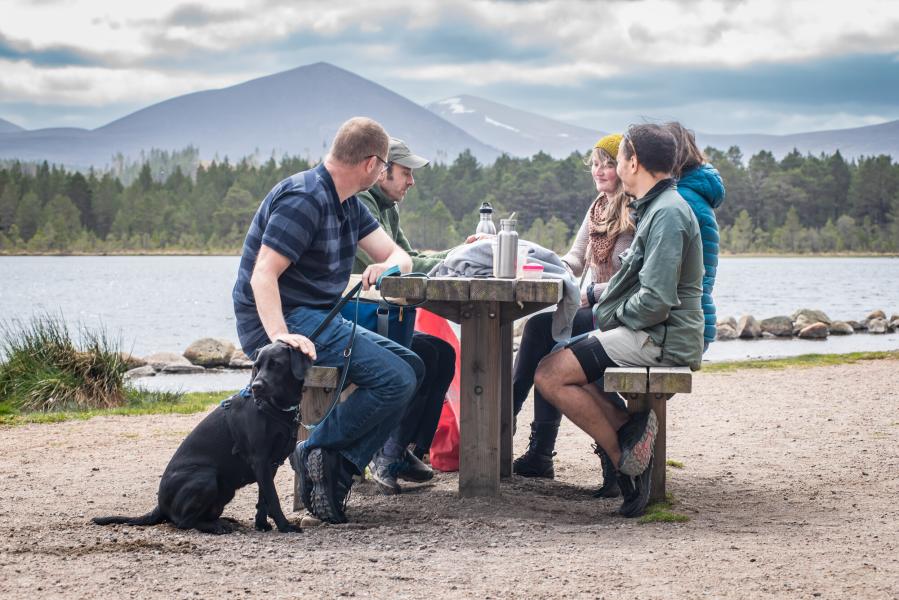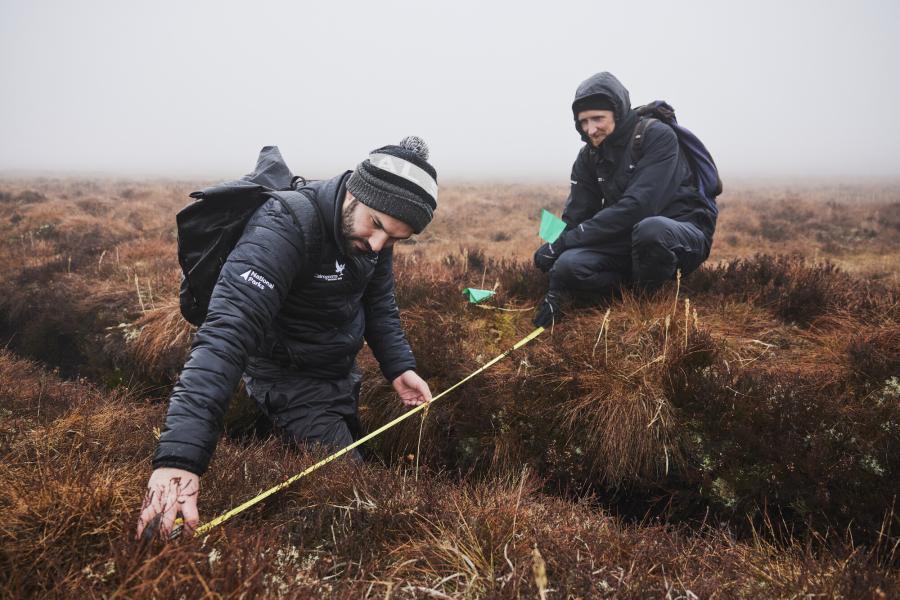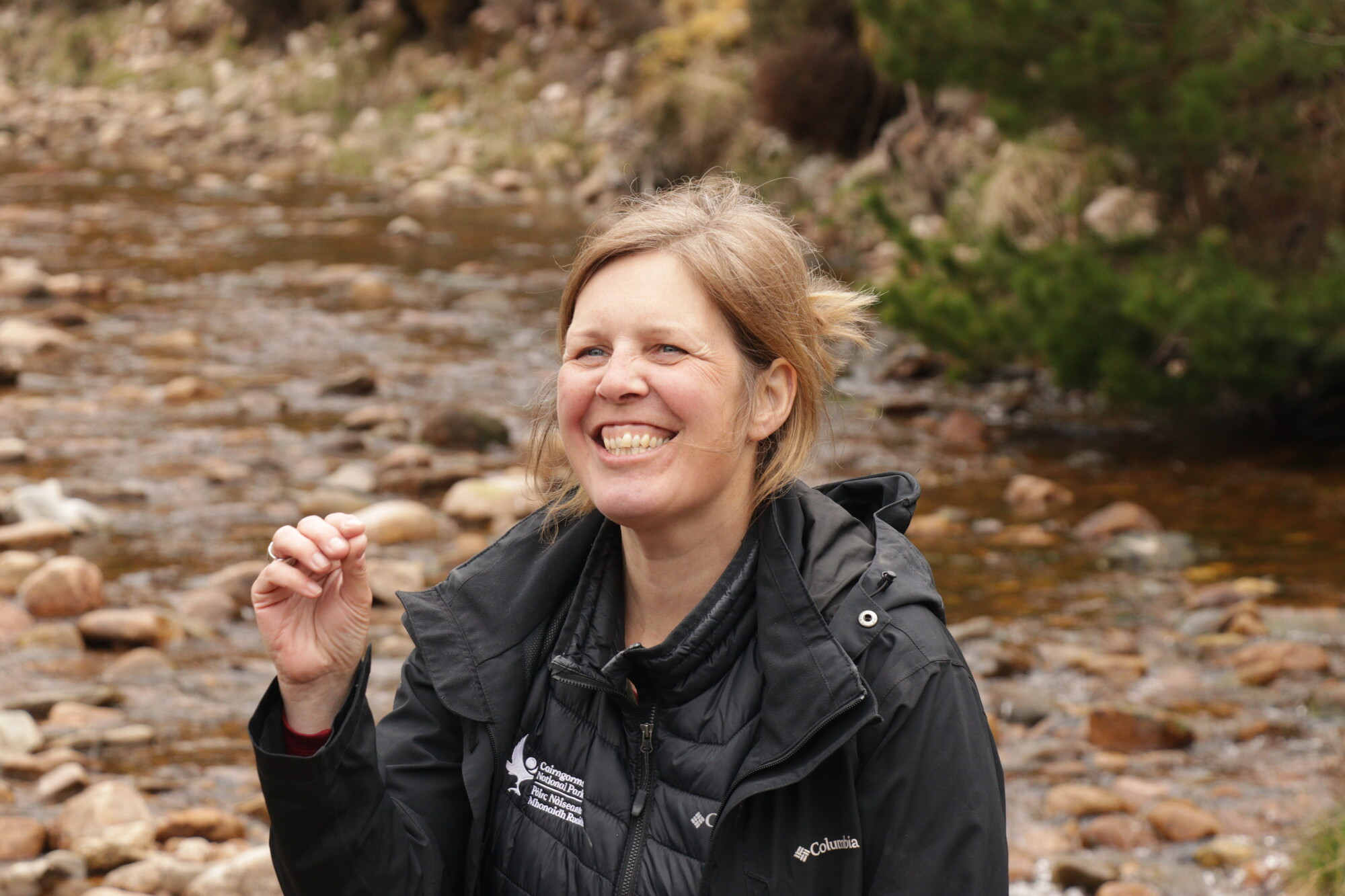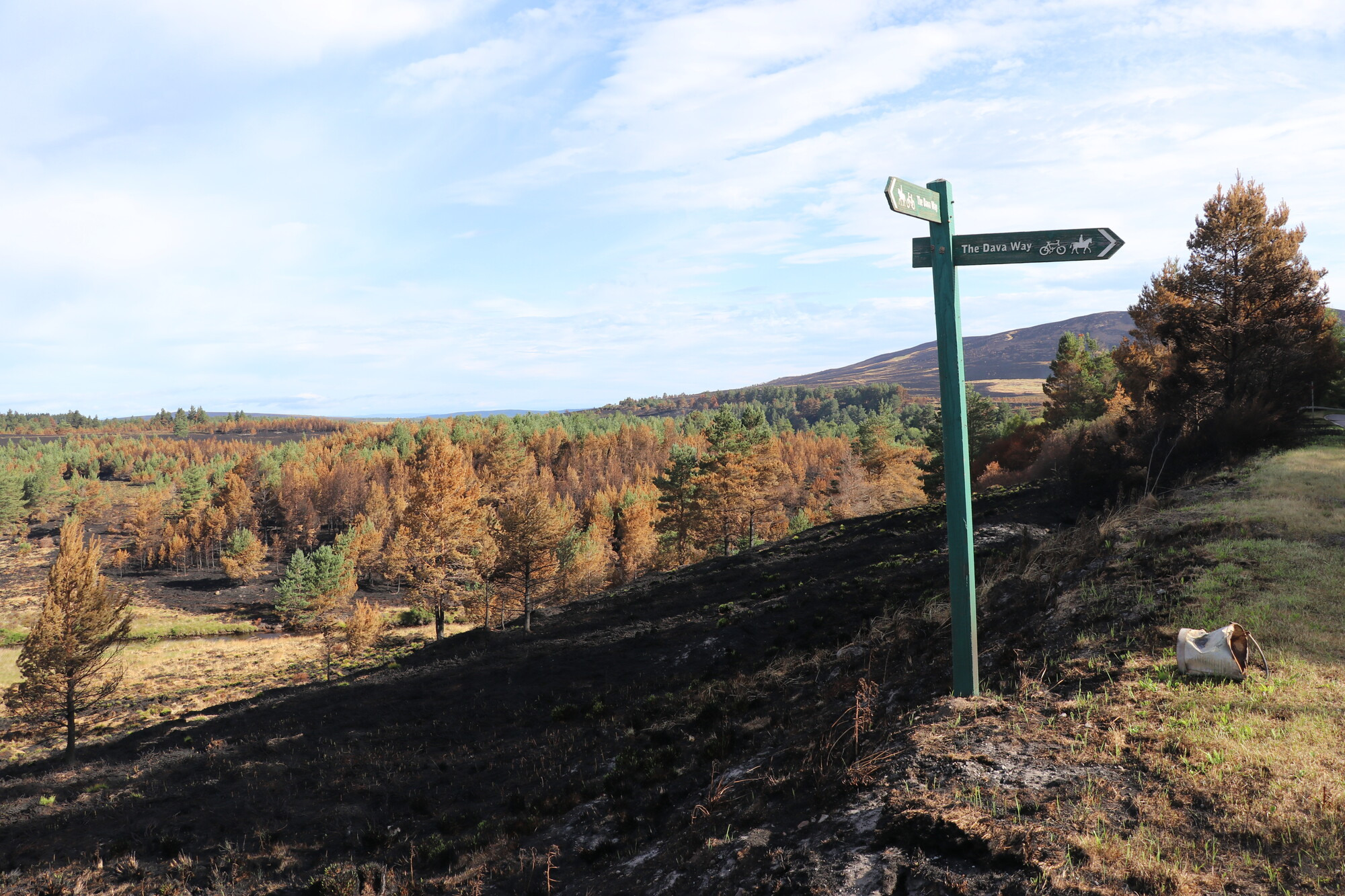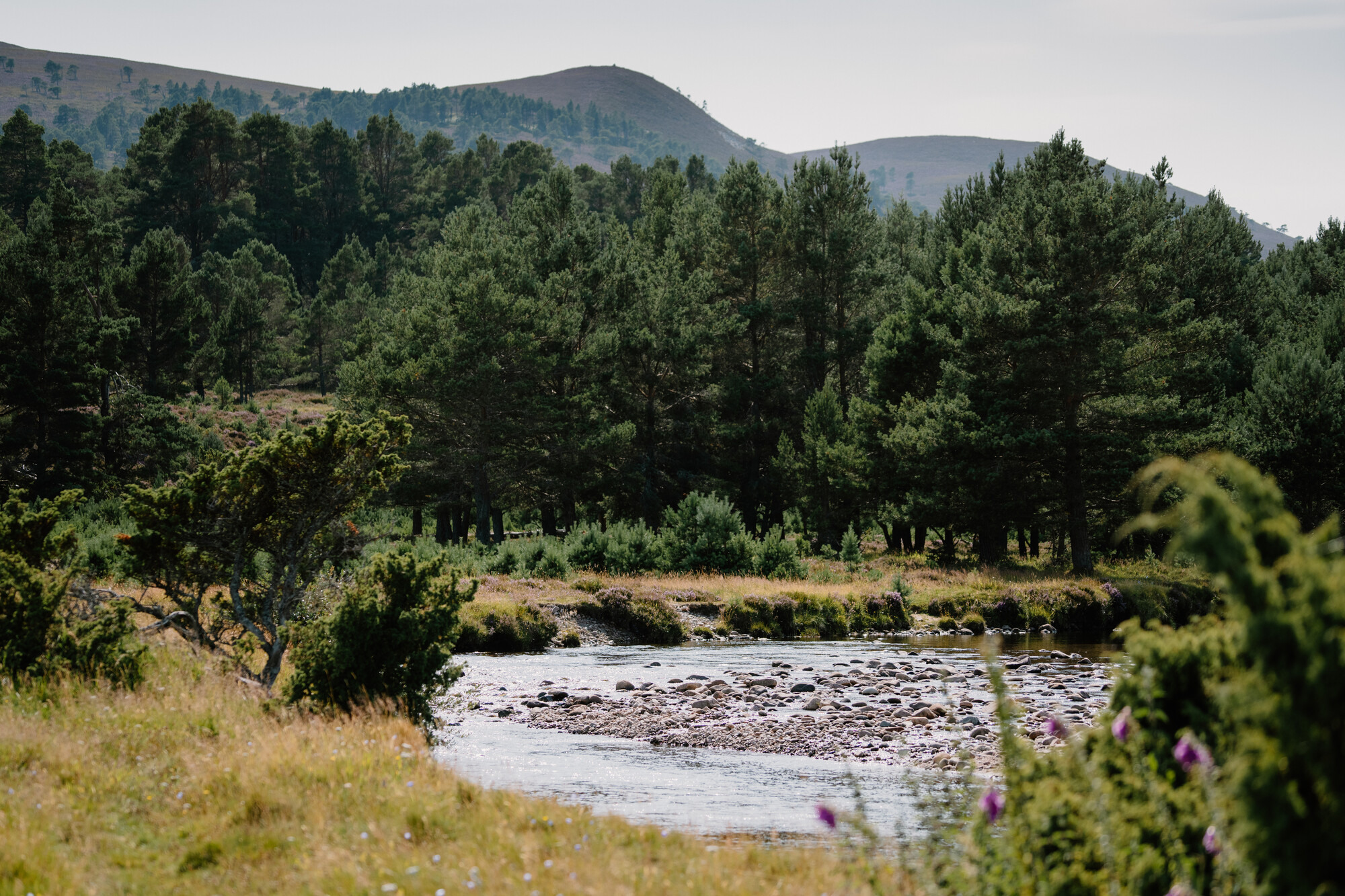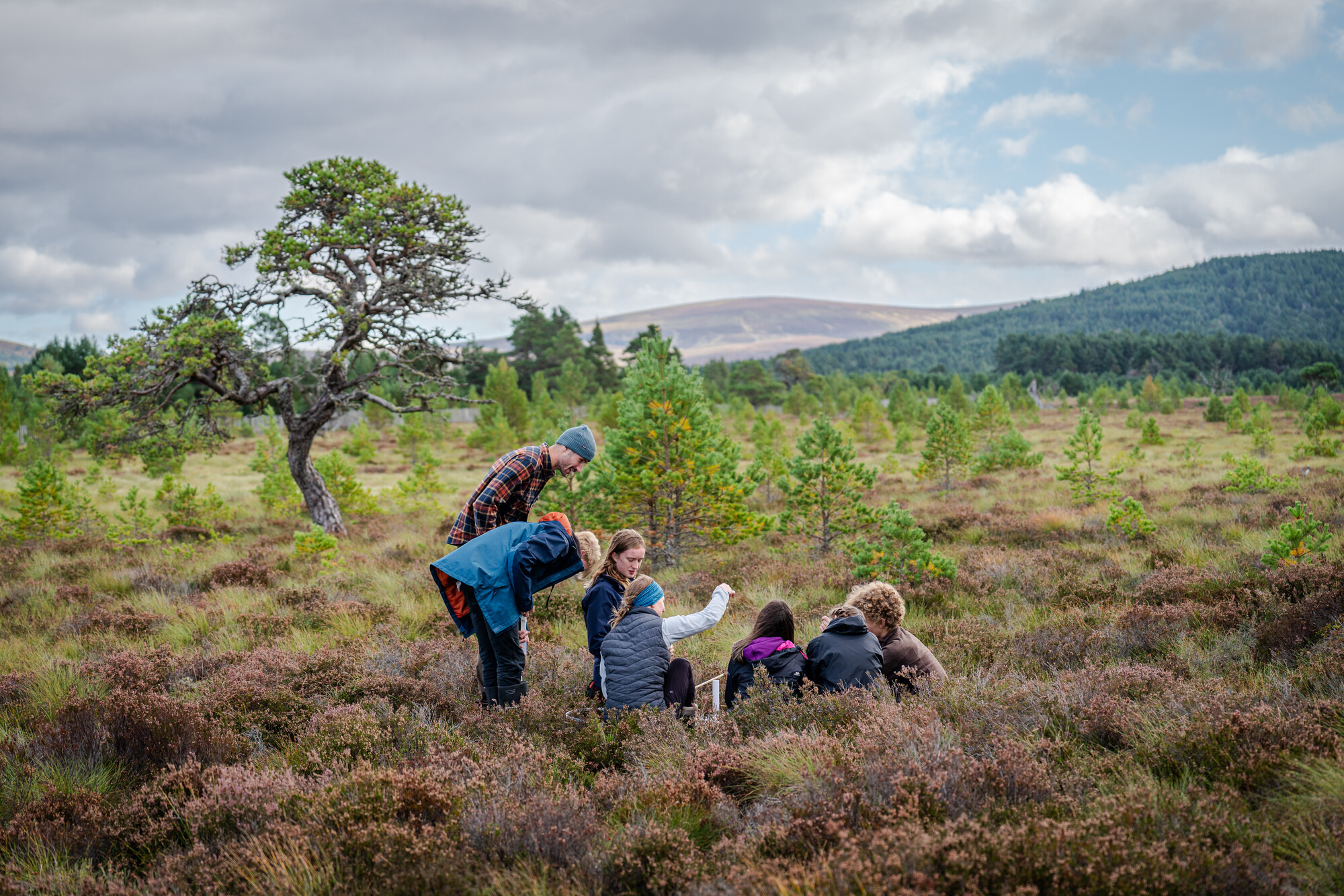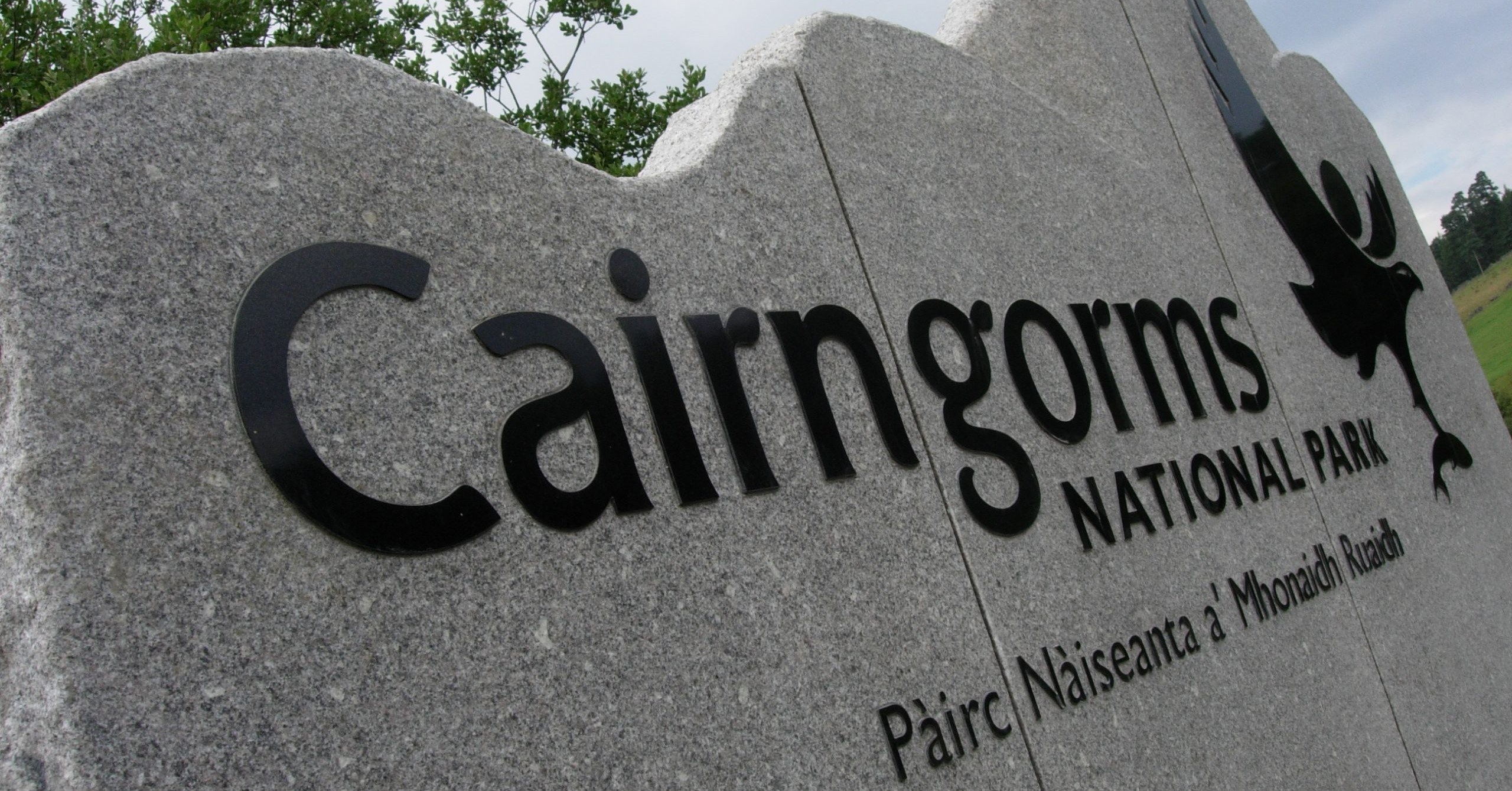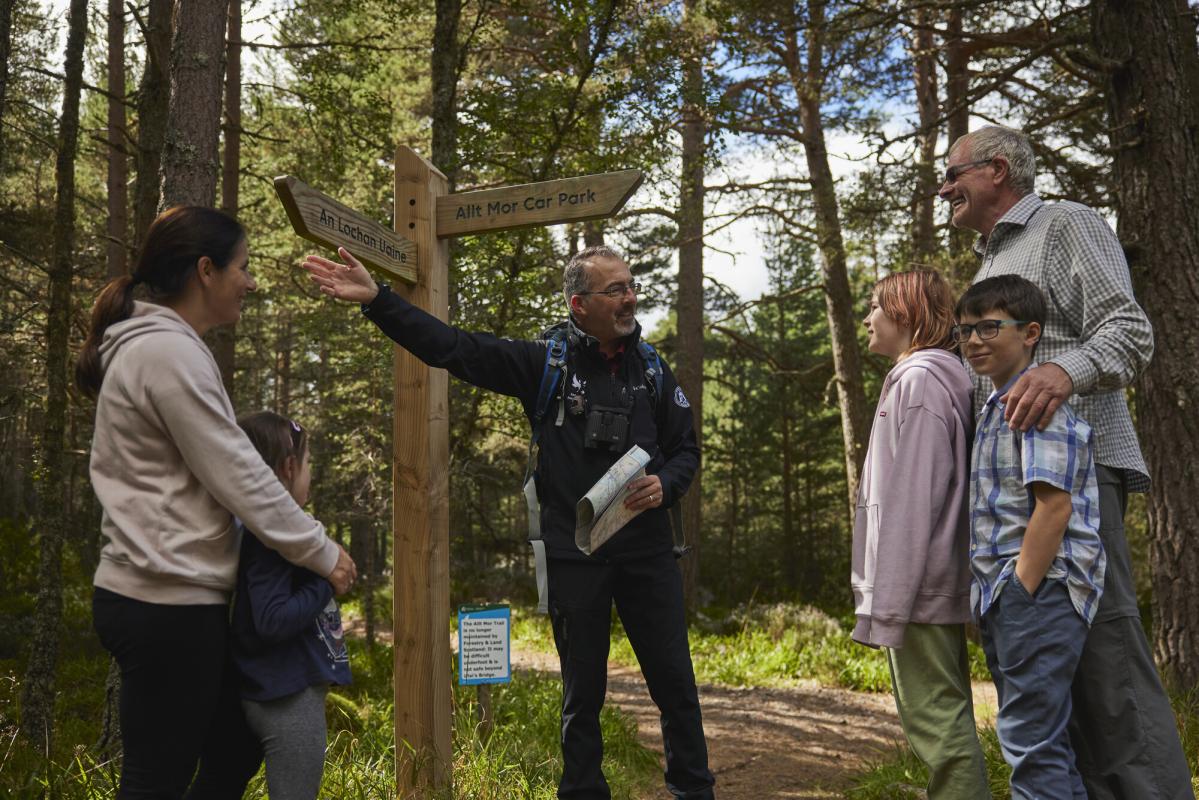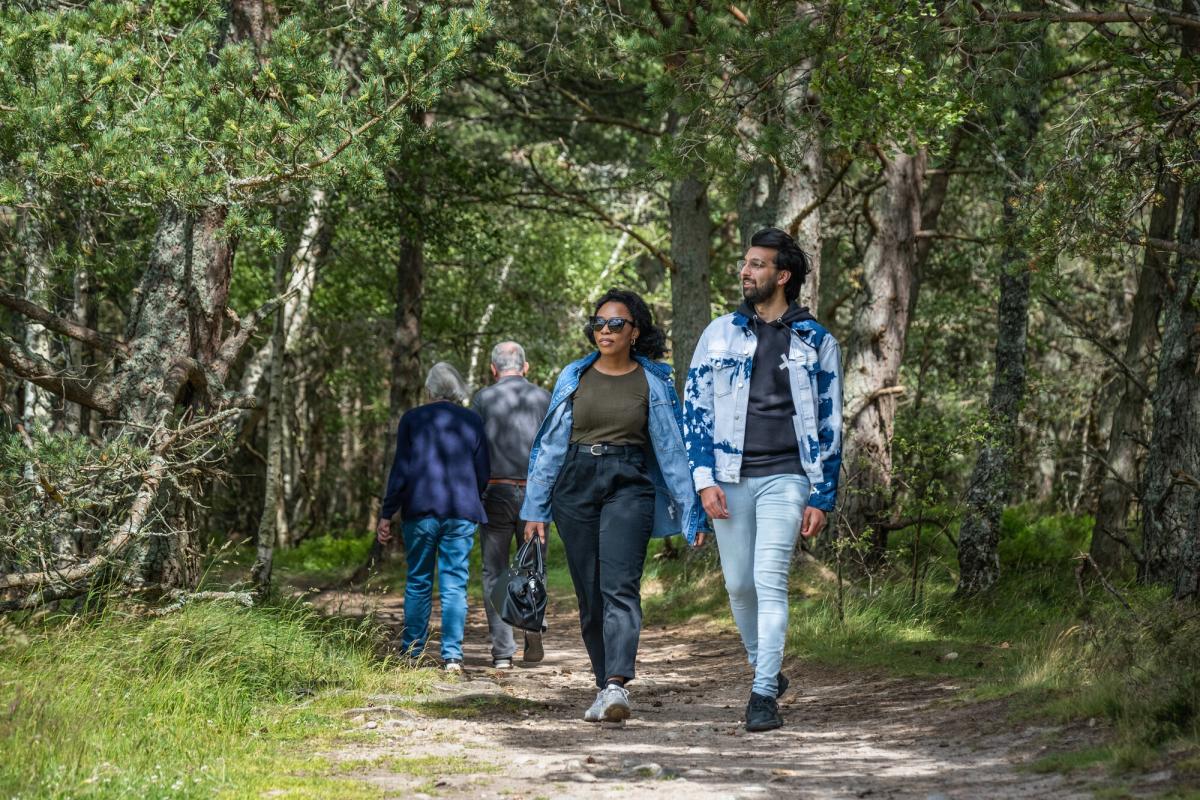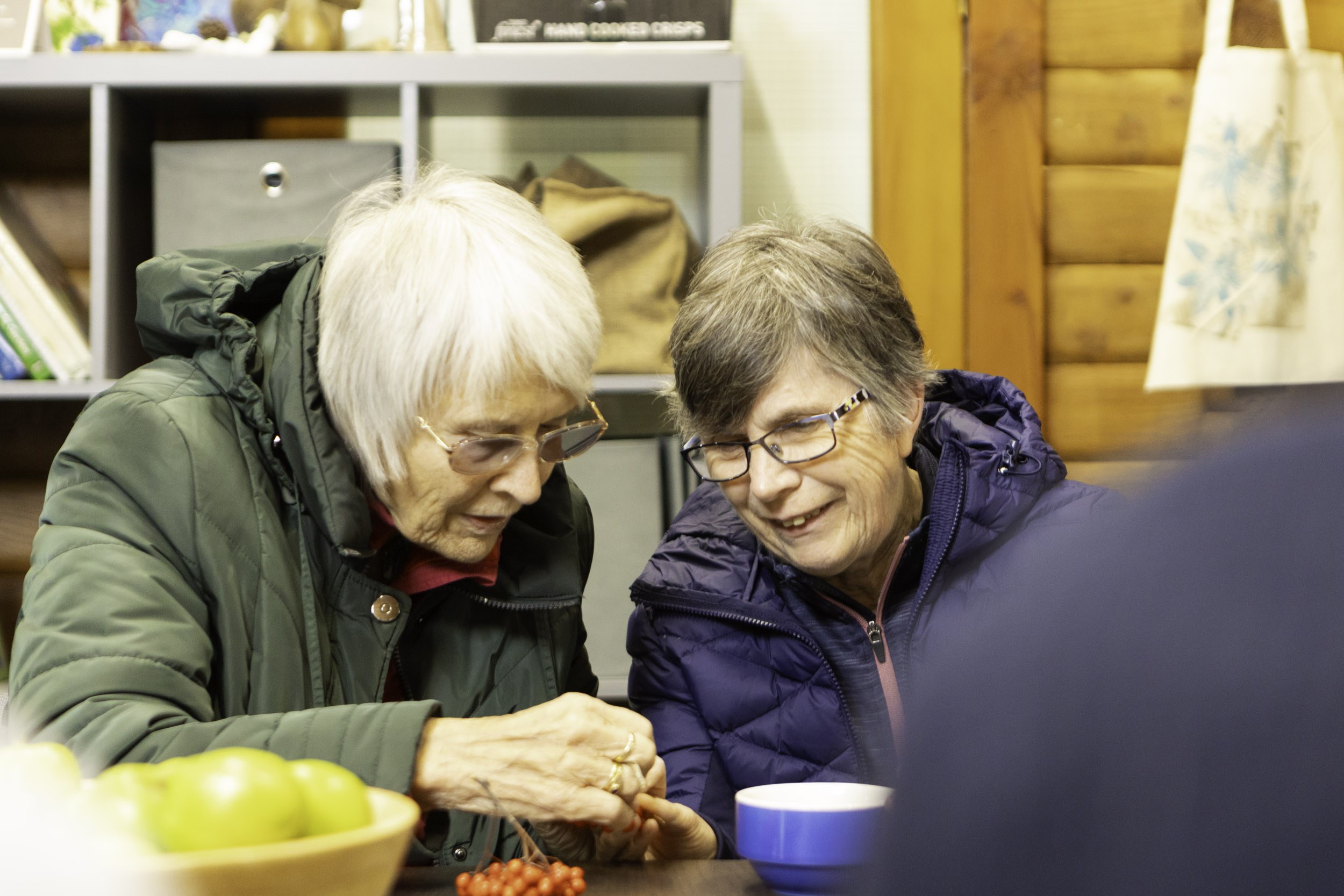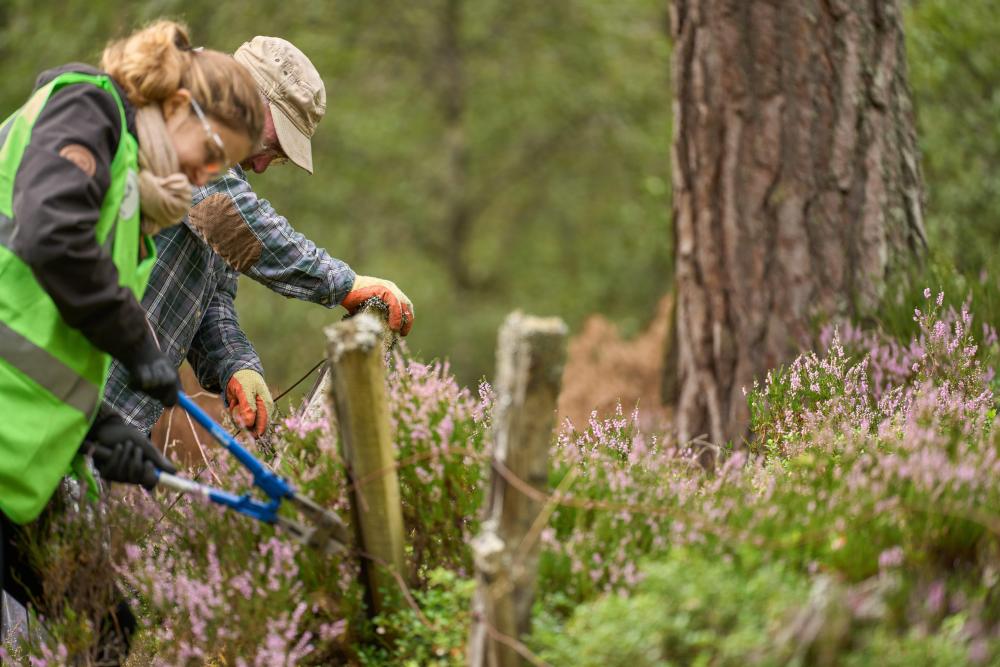Where people and nature thrive together
Latest from the National Park
At 4,528 sq km, the largest national park in the UK
Established by Scottish Parliament in Sep 2003
Home to 25% of the UK's rare and endangered species
Includes nine National Nature Reserves and 55 Munros
Spotlight on Cairngorms 2030
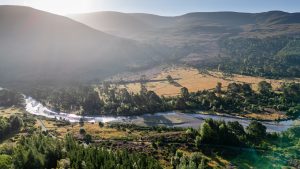
Woodland expansion
We're increasing the number and diversity of trees across the Cairngorms National Park, creating new woodlands and helping nature to thrive.
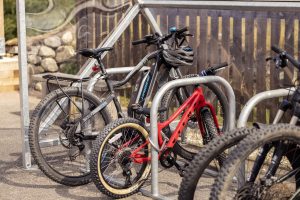
Cycle friendly Cairngorms
This project is improving access to cycling for communities in the Cairngorms National Park, by providing transport choices that support a shift to active travel and reduce carbon emissions through less reliance on private cars.

Community arts and culture
Bringing together more than 100 creative practitioners living and working in the Cairngorms, from musicians to photographers, this project identifies and develops activities that create a greater connection to our landscapes and foster a sense of place.
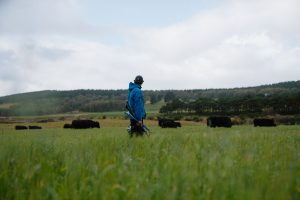
Cairngorms future farming
Our work with farmers to increase biodiversity, lower carbon emissions and ensure profitable and resilient businesses.
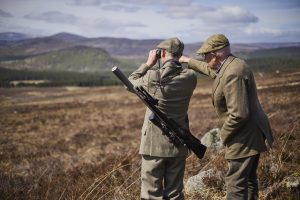
Nature recovery
Find out more about our work with land managers to preserve and enhance the health of their land all whilst protecting traditional employment in the National Park.
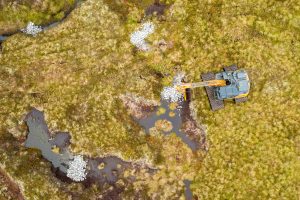
Peatland restoration
Through Cairngorms 2030 we’re restoring damaged peatlands across the National Park, boosting biodiversity in the Cairngorms.
